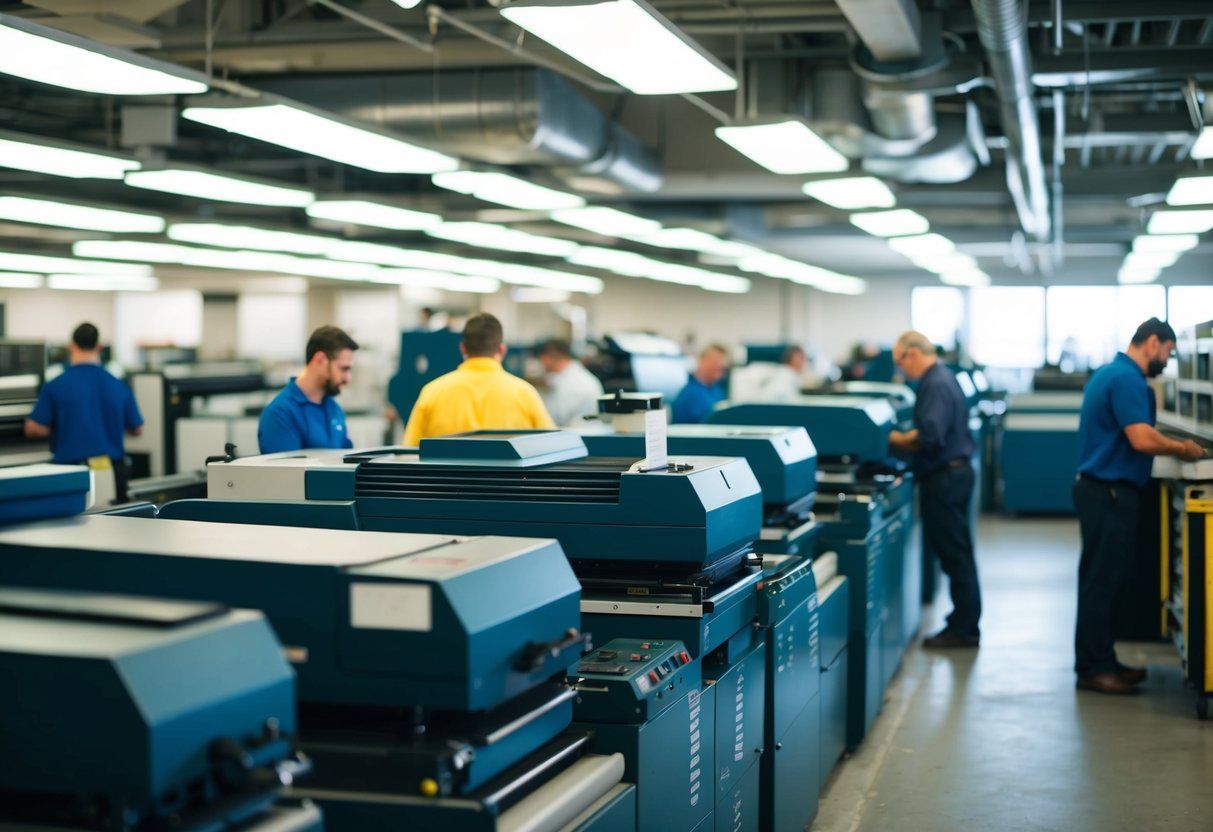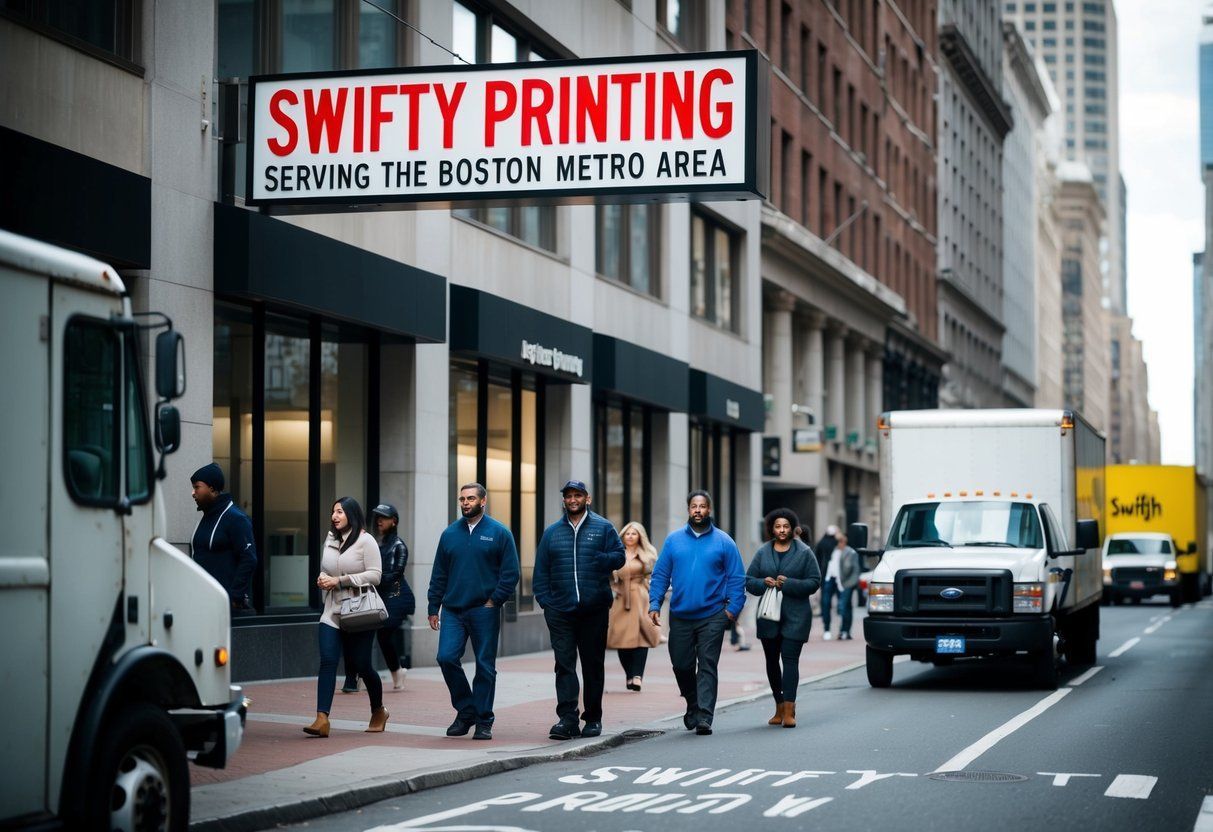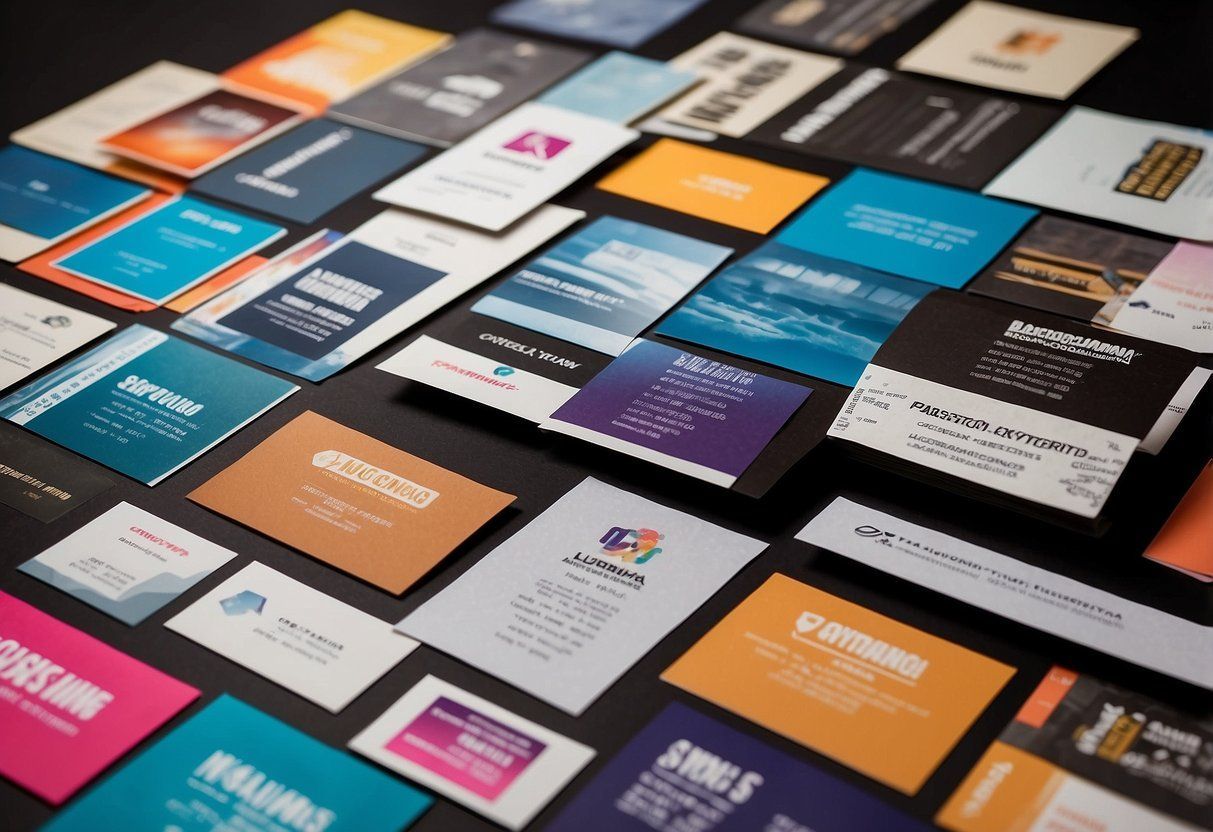The Role of Professional Printing in Enhancing Brand Identity: Strengthening Your Image Through Quality Materials
Professional printing plays a crucial role in shaping how a brand is seen and understood by its audience.
High-quality printed materials can effectively communicate a brand’s message and values, making them a fundamental part of brand identity.
Businesses that invest in professional printing can create visually appealing marketing materials that stand out and leave a lasting impression.
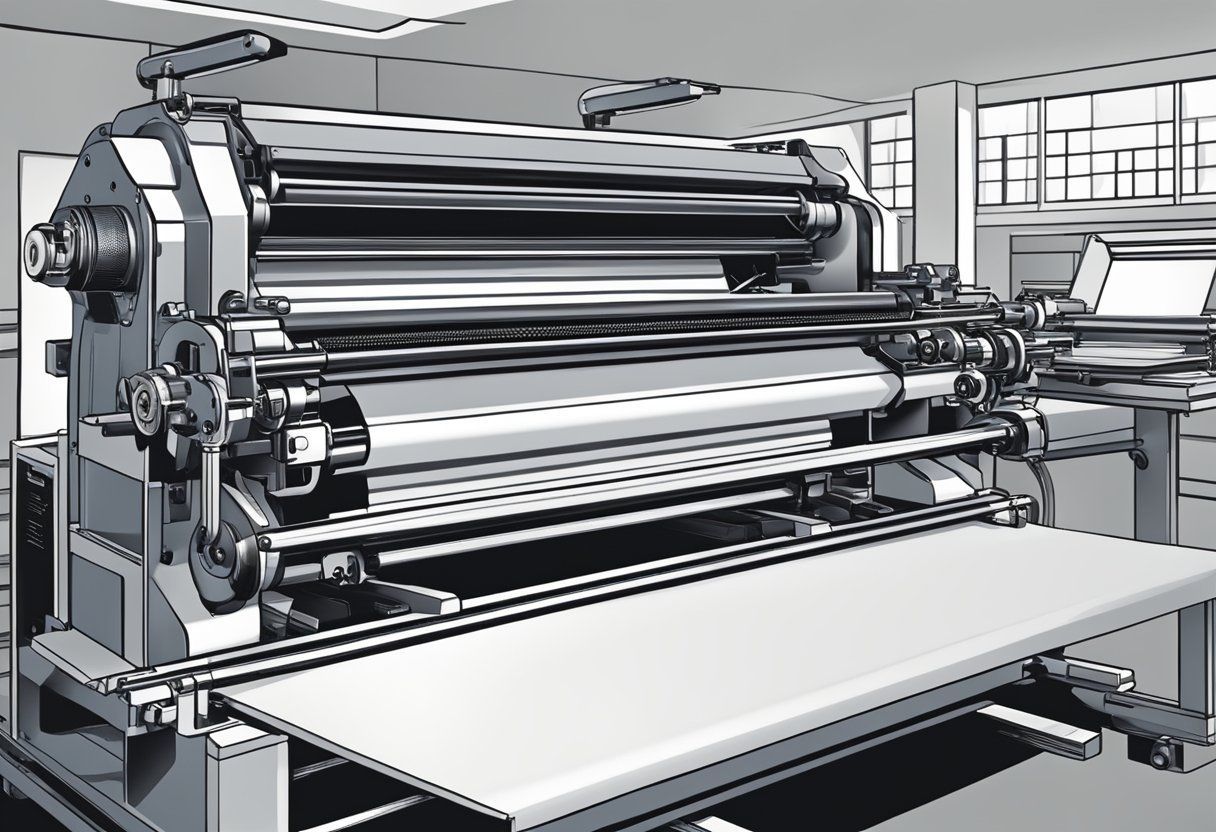
By using the right colors, fonts, and images, brands can strengthen their recognition and foster a deeper connection with customers.
Effective print strategies also help businesses align their materials with their brand guidelines, creating a consistent look across different platforms.
This consistency helps build trust and loyalty among customers, as they feel more connected to brands that present themselves well.
Incorporating professional printing techniques into marketing plans not only enhances brand identity but also enriches the overall customer experience. As brands seek to combine digital and print marketing, understanding the value of quality printed materials becomes even more important.
Key Takeaways
- Professional printing enhances brand identity through visual consistency.
- High-quality materials build trust and encourage customer loyalty.
- Effective print strategies integrate with digital marketing for better outreach.
The Importance of Brand Identity
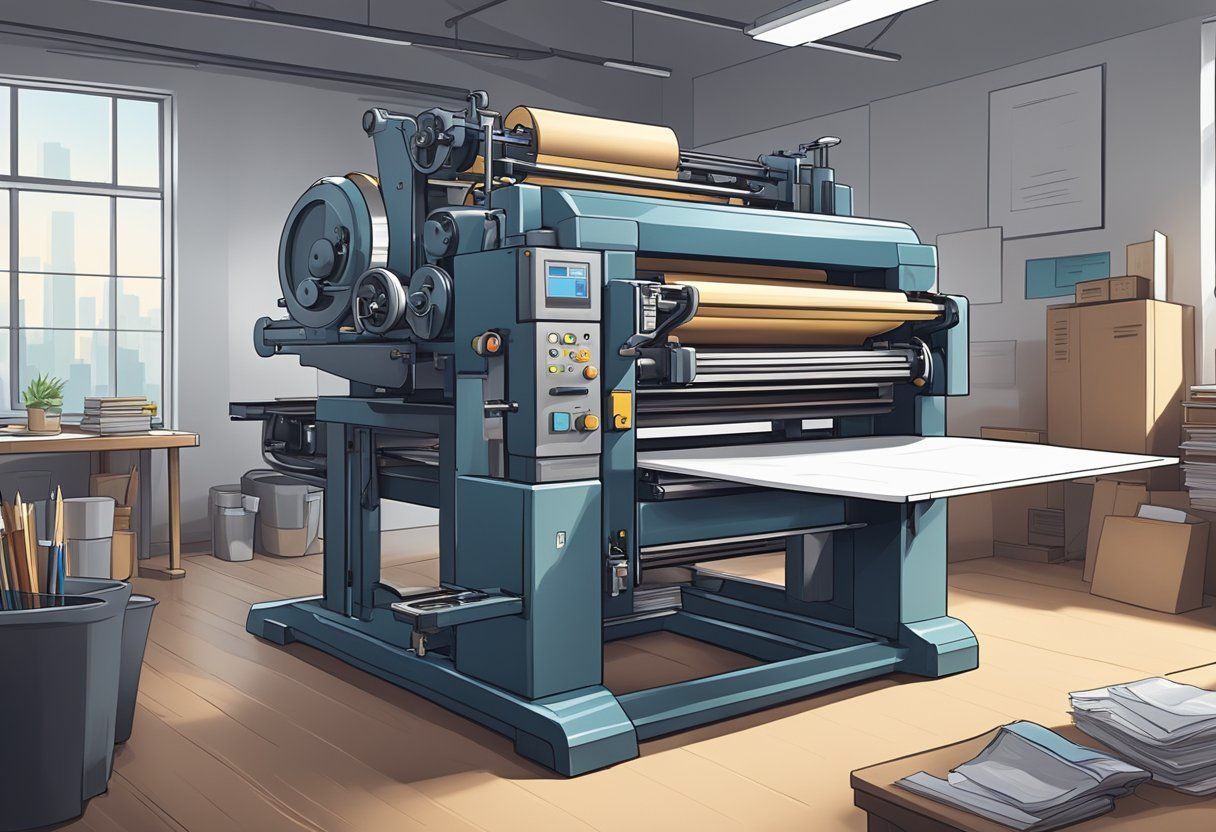
Brand identity is crucial for any business looking to stand out. It helps shape how customers see a brand and builds trust.
A strong brand identity includes unique elements that connect with customers. It influences brand recognition and can drive loyalty.
Defining Brand Identity
Brand identity is how a company presents itself to the public. It includes the logo, colors, fonts, and messaging used in marketing.
A clear brand identity makes it easier for customers to identify a brand among many.
Having a well-defined brand identity also reflects the company’s values and mission. This gives customers a sense of what the brand stands for. When customers understand these elements, they are more likely to develop a connection with the brand.
Components of a Strong Brand Identity
Several components make up a strong brand identity. These include:
- Visual Identity : This consists of the logo, color schemes, and design style that represent the brand.
- Brand Message : This includes the tone and language used in marketing materials.
A unique brand identity not only helps in brand recognition but also builds brand trust.
Customers are more likely to choose brands they recognize and trust. Brands that communicate their values effectively create a loyal customer base, which is essential for long-term success.
Visual Elements of Branding
Visual elements play a crucial role in establishing and enhancing a brand’s identity. Key aspects such as logo design, color schemes, imagery, and typography contribute to how consumers perceive a brand and connect with it.
Significance of Logo Design
A logo is often the first thing people notice about a brand. It serves as a visual representation of the brand’s values and personality.
A well-designed logo should be simple yet memorable. It should also be versatile, working well in various sizes and applications. This ensures brand recognition across different media, from business cards to websites.
A strong logo builds trust and creates a professional image, making it essential for any brand.
Choosing the Right Color Schemes
Color schemes greatly influence how a brand is perceived. Colors can evoke emotions and set the tone for the brand identity. For instance, blue often represents trust and reliability, while red can evoke excitement and passion.
When selecting colors, it’s important to consider the target audience and the message the brand wants to convey.
Consistency in color use across all materials is crucial. This helps reinforce brand identity and ensures that consumers can easily recognize the brand.
Imagery and Photography Usage
Imagery is vital in telling a brand’s story and enhancing its visual identity. High-quality photos and visuals should align with the brand’s style and message. They can create a stronger emotional connection with the audience.
Brands often use imagery in marketing materials, websites, and social media.
Selecting visuals that reflect the brand’s ethos helps build a cohesive identity. Whether it’s product images or lifestyle shots, ensuring they match the brand’s voice is key to effective branding.
Typography and Readability
Typography is an important aspect of visual branding. The right font can convey a brand’s personality, whether it’s modern, traditional, friendly, or sophisticated.
Clear and readable typography ensures that messages are easily understood.
Using a limited set of fonts strengthens brand recognition.
It’s best to choose fonts that work well together and reflect the brand’s image. Maintaining consistency in font choices across all platforms helps create a unified brand identity.
Professional Printing Techniques
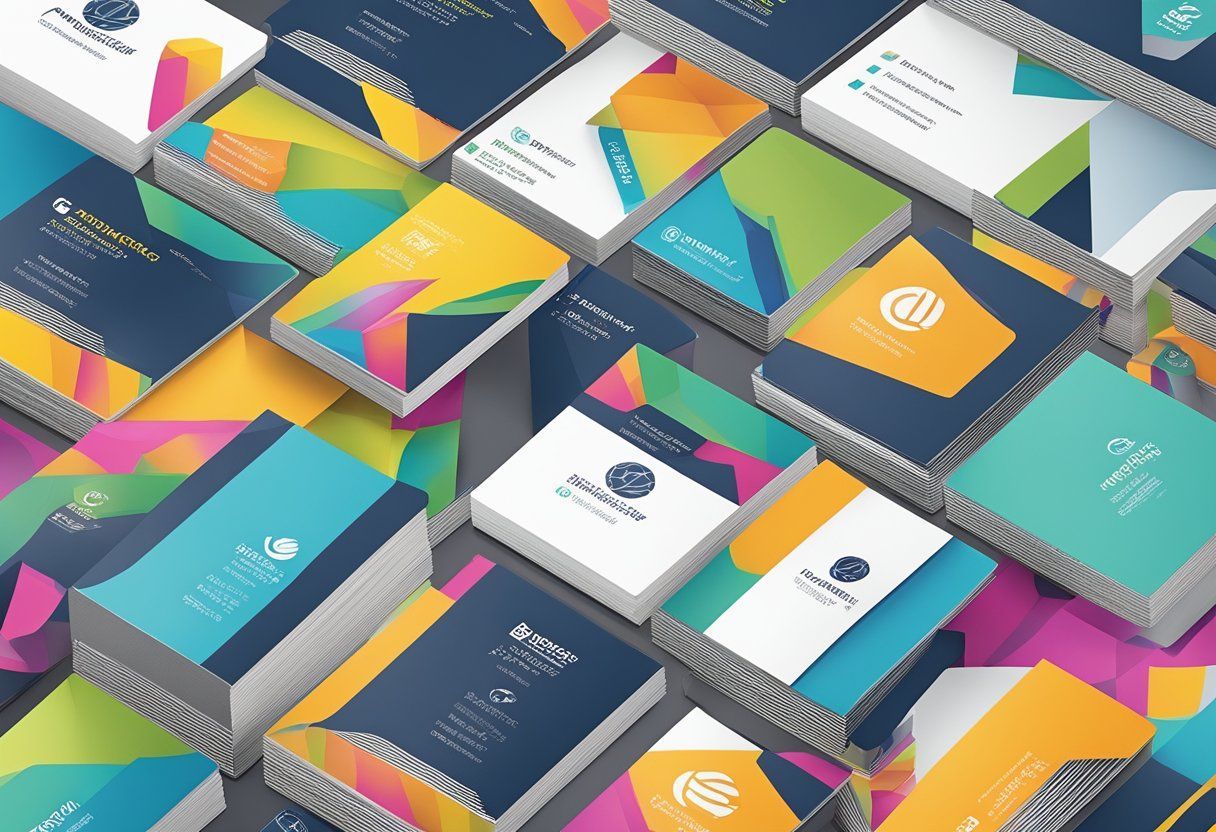
Professional printing includes various techniques that enhance the quality of printed materials. These methods impact brand identity through clarity, customization, and overall appearance.
Digital vs. Offset Printing
Digital printing is a modern technique that allows for quick production and flexibility. It is ideal for short runs and offers fast turnaround times.
This method uses digital files to apply ink directly onto materials, resulting in vibrant colors.
Offset printing, on the other hand, uses plates to transfer ink onto paper. This method is more cost-effective for large volumes. It produces high-quality images with excellent detail and color accuracy.
Businesses often choose between these methods based on their needs for quantity and quality.
High-Quality Printing and Attention to Detail
High-quality printing is crucial for effective branding. Sharp images and vibrant colors help attract attention.
Professional printers utilize advanced technology to ensure precision in every print.
Attention to detail can include things like color matching and image resolution. Printers often conduct tests to ensure the final product meets high standards.
This level of care in the printing process helps maintain a brand’s professionalism and image.
Customization and Variable Data Printing
Customization is essential for businesses looking to stand out. Printing companies offer various options to personalize materials, such as business cards or brochures. This includes choosing different sizes, finishes, and colors.
Variable data printing takes customization a step further. It allows for unique information on each piece, like names or addresses.
This method can significantly increase engagement, as each recipient receives something tailored just for them.
Creating Marketing Materials
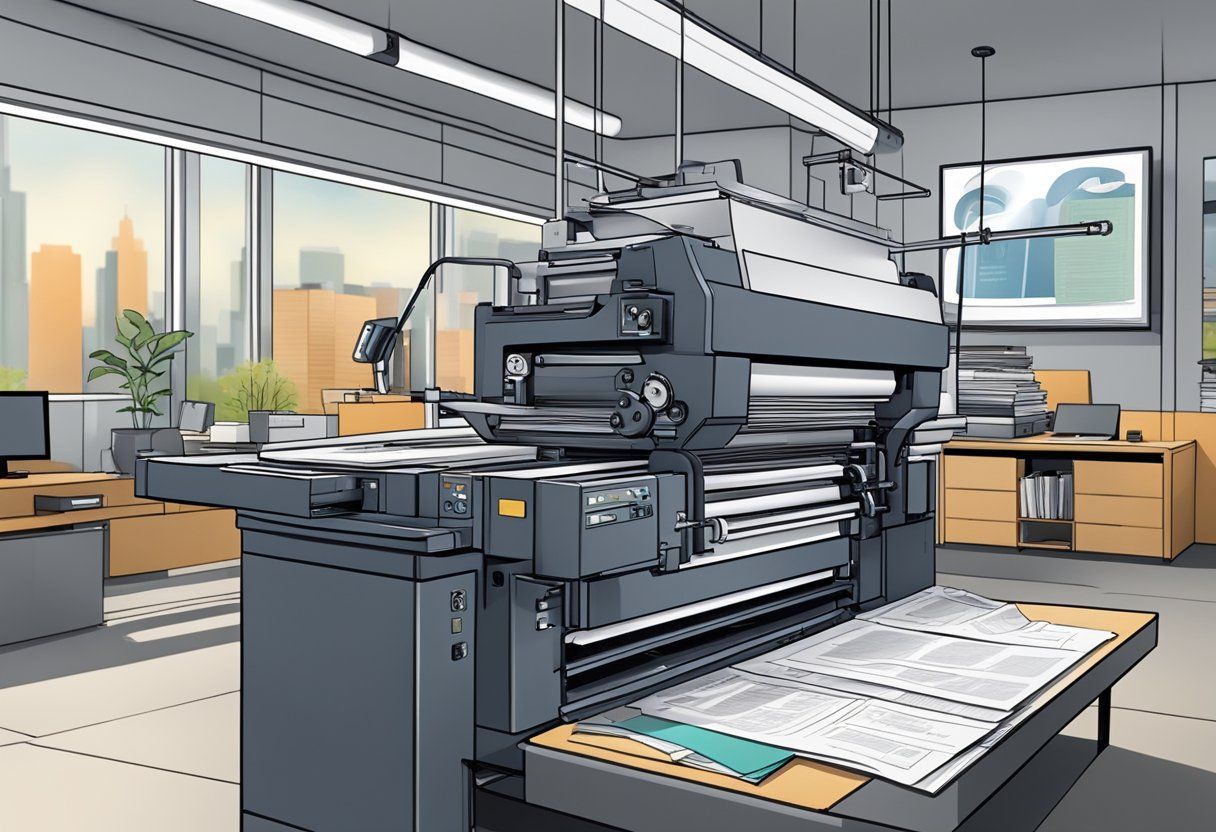
Marketing materials play a crucial role in shaping a brand’s identity. They include various formats like business cards, brochures, packaging, and promotional signage. Each type serves a unique function in conveying information and creating visual appeal.
Business Cards and First Impressions
Business cards are often the first point of contact between a brand and potential clients. A well-designed business card can create a lasting impression .
It should include essential information such as the name, title, and contact details.
The choice of materials and printing techniques can enhance the card’s look. For instance, thicker cardstock gives a more professional feel, while unique finishes like embossing or foil stamping can make a card stand out.
The design should reflect the brand’s identity, using colors and fonts consistent with the overall image.
Brochures as Informational Tools
Brochures serve as excellent informational tools that can highlight a brand’s products or services in detail. They can be folded in different ways, such as tri-fold or bi-fold, to fit various information styles. Each fold provides an opportunity to display visuals and text effectively.
The key to an effective brochure is clarity and organization. Using bullet points helps in presenting key features and benefits, making the information easy to digest.
High-quality images enhance visual appeal , making the brochure more attractive and engaging.
Effective Packaging Design
Packaging design is essential for any product. It is not just about protecting the item; it also influences customer perception.
Thoughtfully designed packaging can draw customers’ attention on a shelf.
Effective packaging communicates the brand’s message and values. It should align with the overall branding while making the product easy to use and appealing to the eye. Eco-friendly materials are also increasingly important as consumers look for sustainable options.
Promotional Banners and Signage
Promotional banners and signage are crucial for visibility at events or retail spaces. They should capture attention quickly with bold graphics and clear, concise messages.
The design must align with the brand’s identity to create coherence across all marketing materials.
Using vibrant colors and eye-catching fonts can significantly improve visual appeal .
Additionally, considering the placement of these materials is vital. They should be positioned where they are easily seen by the target audience to maximize impact.
Building Trust and Loyalty
Trust and loyalty are essential for any brand. Professional printing can help create a strong brand image that builds lasting relationships with customers. By focusing on consistency and engagement, a brand can enhance its credibility and perceived value.
The Role of Consistent Branding
Consistent branding helps establish credibility. When a brand uses the same colors, logos, and styles across all materials, it sends a clear message. This uniformity creates familiarity, making customers feel more comfortable.
Some ways to maintain consistency include:
- Using the same logo on all products and marketing materials.
- Choosing a color palette that reflects the brand’s identity.
- Selecting fonts that match the brand style.
By building a recognizable image, customers can easily identify the brand, which fosters trust.
Delivering on Brand Promise
Delivering on a brand’s promise is crucial for trust. When a business states what it offers, it must follow through.
If customers receive quality products and services, their trust in the brand increases.
Companies should focus on:
- Quality control to ensure products meet standards.
- Clear communication about what customers can expect.
- Timely delivery to enhance customer satisfaction.
This reliability strengthens brand loyalty as customers know they can count on the brand.
Cultivating Brand Loyalty Through Engagement
Engagement is vital in building loyalty. Brands that actively connect with their customers can create a sense of community. This connection encourages repeat business and fosters a deeper relationship.
Effective engagement strategies include:
- Social media interaction to respond to customer queries.
- Personalized marketing to make customers feel valued.
- Loyalty programs that reward repeat purchases.
By keeping lines of communication open, brands can enhance customer loyalty and strengthen trust in their offerings.
Integrating Digital and Print Marketing

Combining digital marketing with print strategies can strengthen a brand’s identity. This approach uses the strengths of both formats to reach a wider audience and create a lasting impact.
Complementing Digital Efforts with Print
Printed materials such as brochures, flyers, and business cards can enhance digital campaigns. They offer a tangible way for customers to engage with a brand.
While digital marketing can reach a larger audience quickly, print provides a personal touch that can make a brand memorable.
Incorporating print elements into digital strategies can reinforce messaging. For example, including a unique design or logo on both digital ads and printed materials creates consistency.
Targeted mailings can follow online interactions, reminding customers of their interests. This blend encourages customers to interact with the brand in multiple ways, solidifying their connection.
QR Codes: Bridging the Physical and Digital
QR codes are an effective tool that connects printed materials to online content. They allow users to quickly access websites, videos, and special offers using their smartphones.
By placing QR codes on brochures or business cards, brands can direct customers to digital content instantly.
This integration enhances customer engagement. When someone scans a QR code, they can interact with videos or online promotions directly.
This seamless transition from print to digital creates a richer experience. It also gives customers a chance to connect with the brand in a meaningful way, boosting retention and interest.
Adherence to Brand Guidelines and Differentiation
Branding guidelines provide specific details about colors, fonts, logos, and design elements. Keeping these elements consistent in print materials builds a strong identity.
When a brand follows its guidelines closely, it sets itself apart from competitors. For example, consistency in color can increase brand recognition by up to 80%.
Using the right logos and fonts also helps shape customer perception. This consistent image can attract more customers and create a lasting impression, which is crucial in a crowded market. Any deviation from these guidelines can confuse customers and weaken the brand’s message.
Letterheads, Flyers, and Other Collateral
Letterheads and flyers are essential marketing tools. Letterheads serve as the official printed communication of a business. They should feature the company logo, name, and contact information prominently.
Using prescribed colors and fonts makes correspondence recognizable. Flyers, on the other hand, are used for promotions and events. They must convey information clearly and attractively.
Important elements like brand colors and imagery should be used to grab attention. Consistent design across all marketing collateral reinforces brand identity, making it easier for customers to remember and trust the brand.
By focusing on these details, companies enhance their visibility and impact.
Sustainability in Printing

Sustainability in printing focuses on using methods and materials that minimize environmental impact. This section discusses eco-friendly printing options and how choices in printing can support sustainability.
Eco-Friendly Printing Options
Eco-friendly printing includes using materials and processes that reduce harm to the environment. Companies can choose sustainable inks made from natural sources, such as soy or vegetable oils.
These inks are less toxic and easier to recycle than traditional inks. Recycled paper is another important option. It reduces the need for new trees and cuts down waste.
Many printers also use water-based coatings instead of solvent-based ones, which can be harmful. Some printing companies invest in energy-efficient machines, which consume less power.
Overall, selecting these eco-friendly options helps brands promote a positive image while reducing their ecological footprint.
Promoting Sustainability Through Print Choices
Brands play a vital role in promoting sustainability by making informed print choices. Selecting a printing company that follows sustainable practices is essential.
This includes those that prioritize renewable resources and waste reduction. It is beneficial for brands to consider the life cycle of printed materials.
Using modular designs allows for updates without wasting entire pieces. Digital proofs can also save paper by reducing unnecessary printing. Incorporating sustainable messages in print materials can educate customers about environmental efforts.
This approach not only enhances brand identity but also builds trust with consumers who value sustainability. By making responsible print choices, brands can lead the way toward a greener future.
Enhancing Customer Experience with Print
Print can significantly influence how customers perceive a brand. A well-designed printed product not only attracts attention but also fosters a deeper connection with customers. This section discusses how print can create lasting impressions through visual appeal and tangible elements.
Creating a Lasting Impression
Quality printed materials can leave a strong mark on customers. Items like business cards, brochures, and flyers provide a visual representation of a brand’s identity.
When designed effectively, these materials can convey professionalism and attention to detail. Using unique finishes, colors, and textures can further enhance this impact.
For instance, using a matte finish on brochures gives a sophisticated feel, while vibrant colors can attract more eyes. This visual engagement helps customers remember the brand longer.
Key aspects:
- Design matters: Consider how colors and layout reflect brand identity.
- Quality counts: High-quality materials speak volumes about a business.
- Consistency: Keeping branding consistent across print and digital maintains recognition.
Tangible Elements and Customer Interaction
Tangible print materials create a sensory experience that digital interactions often lack. When customers hold a brochure or a business card, they experience a physical connection to the brand.
This tangibility can instill trust and reliability. Furthermore, printed materials can prompt interaction.
For example, a QR code on a flyer can lead customers to digital content, combining the best of both worlds. This blend of print and technology enhances the user experience and keeps customers engaged longer.
Benefits of tangibility:
- Memory retention: Physical items tend to be remembered better.
- Engagement: Tangible items can spark conversations and interest.
- Emotional connection: Physical materials help build a stronger relationship with customers.
Frequently Asked Questions
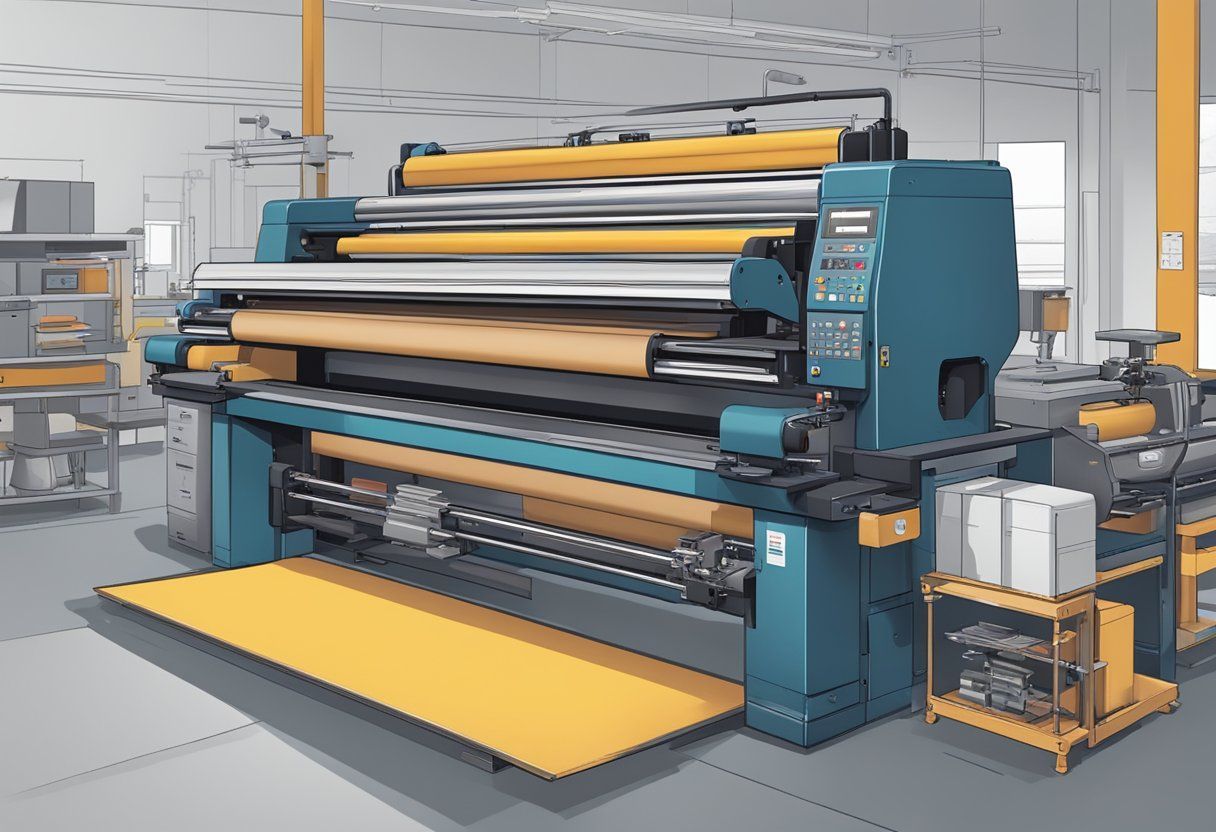
This section answers common questions about how professional printing affects brand identity. It covers the impact of print quality, material choices, customization, color consistency, and the benefits of professional services.
How does high-quality printing influence customer perceptions of a brand?
High-quality printing can create a strong first impression. It shows that a brand cares about its image and products. Sharp images and clear text can make customers feel more confident about a brand’s quality.
What are the key considerations when choosing print materials for brand marketing?
Choosing the right print materials is essential for brand marketing. Factors include texture, weight, and durability. Brands should also consider how the materials reflect their values and target audience.
In what ways does printing customization impact brand recognition?
Customization allows brands to stand out. Unique designs, logos, and messages can make a brand memorable. This personalization helps create a connection with the audience.
What role does color consistency play in print branding and how is it maintained?
Color consistency is vital for brand identity. It helps ensure that a brand looks the same across all materials. Companies can maintain this by using the same color profiles and reliable printing processes.
How can integrating digital and offset printing techniques enhance brand promotion?
Combining digital and offset printing can offer flexibility. Digital printing allows for quick changes, while offset printing is cost-effective for large runs. This integration can help brands meet various marketing needs effectively.
What are the advantages of using professional printing services over in-house printing for brand development?
Professional printing services provide expertise and high-quality results. They often have better equipment and more options for materials.
This can lead to enhanced brand image and consistency across projects.…
